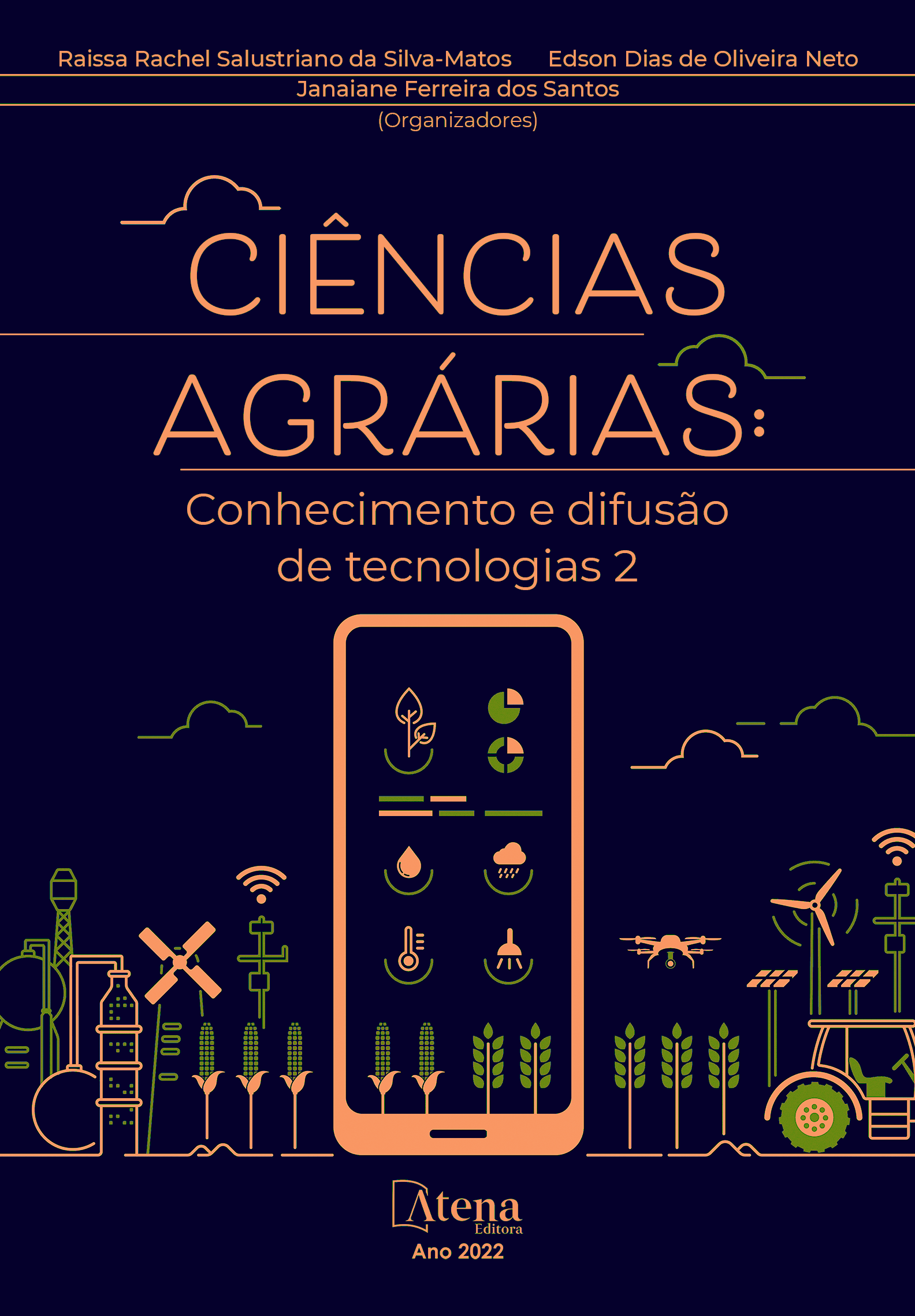
Custo para plantio de cumaru (Dipteryx sp.) na implantação de um sistema experimental de Integração Lavoura-Pecuária-Floresta em Santarém, Pará
No cenário de crescimento dos sistemas Integração Lavoura Pecuária Floresta (ILPF), os quais se apresentam como uma alternativa ao uso convencional do solo e a busca de uma produção sustentável no Brasil, a espécie florestal cumaru se destaca por seu potencial mercadológico e ambiental. Assim, o estudo objetiva difundir o custo para plantio de cumaru (Dipteryx sp.) a partir da implantação de sistema experimental ILPF, em uma fazenda localizada no município de Santarém-Pará, com vista a contribuir para a implementação de outros projetos na região. Ressalta-se que este trabalho apresenta os resultados obtidos na parceria entre o produtor rural e a universidade. Em uma área de 1,04 hectares, realizou-se o plantio de 252 árvores de cumaru, distribuídas em 3 renques, com dois espaçamentos (6x8 m e 6x4 m). O espaçamento entre renques foi de 20 metros, visando posterior utilização com cultivos agrícolas ou pasto. O custo total para o plantio do componente florestal e a delimitação do experimento foi de R$ 4.979,00, no qual foram incluídos os custos variáveis com pessoal, material, insumos e preparo da área. No entanto, os custos fixos e as despesas arcadas pela Universidade não foram computados. Constatou-se que, apesar das vantagens para as partes envolvidas, a eficiência da atividade depende não apenas do compartilhamento de insumos e do conhecimento, como também de uma boa sincronização das ações em campo. Já para a execução do plantio, reconhece-se a imprescindibilidade do envolvimento da equipe técnica em todas as fases do processo, para alcançar os objetivos. Destarte, a parceria entre universidade e produtor rural tende a possibilitar a difusão de tecnologia, pois, conforme apontado, os pequenos produtores rurais não teriam acesso às técnicas de implantação de um sistema integrado ILPF, por falta de condições técnicas e econômicas.
Custo para plantio de cumaru (Dipteryx sp.) na implantação de um sistema experimental de Integração Lavoura-Pecuária-Floresta em Santarém, Pará
-
DOI: 10.22533/at.ed.08122180719
-
Palavras-chave: plantio florestal; silvicultura tropical; reflorestamento; componente arbóreo, empreendimento rural.
-
Keywords: forest planting; tropical forestry; reforestation; tree component, rural enterprise.
-
Abstract:
In the scenario of growth of the Integration Lavoura Pecuária Floresta (ILPF) systems, which present themselves as an alternative to conventional land use and the search for sustainable production in Brazil, the cumaru forest species stands out for its marketing and environmental potential. Thus, the study aims to disseminate the cost for planting cumaru (Dipteryx sp.) from the implementation of an ILPF experimental system, on a farm located in the municipality of Santarém-Pará, to contribute to the implementation of other projects in the region. It is noteworthy that this work presents the results obtained in the partnership between the rural producer and the university. In an area of 1.04 hectares, 252 cumaru trees were planted, distributed in 3 rows, with two spacings (6x8 m and 6x4 m). The spacing between rows was 20 meters, aiming for later use with crops or pasture. The total cost for the planting of the forestry component and the delimitation of the experiment was R$ 4,979.00, which included variable costs with personnel, material, inputs, and preparation of the area. However, the fixed costs and expenses borne by the University were not computed. It was found that, despite the advantages for the parties involved, the efficiency of the activity depends not only on the sharing of inputs and knowledge but also on a good synchronization of actions in the field. As for the execution of the planting, the indispensability of the involvement of the technical team in all stages of the process is recognized, to achieve the objectives. Thus, the partnership between universities and rural producers tends to allow the diffusion of technology, because, as pointed out, small rural producers would not have access to the techniques of implantation of an integrated ILPF system, due to a lack of technical and economic conditions.
-
Número de páginas: 21
- Anderson da Costa Gama
- Patrícia Guimarães Pereira
- Adrielle Fernandes da Silva
- Kelliany Moraes de Sousa
- Cláudia da Costa Cardoso Matos
- Leticia Figueiredo
- Maira Nascimento Batistello
- Igor Feijão Cardoso
- Sylmara de Melo Luz
- Daniela Pauletto


